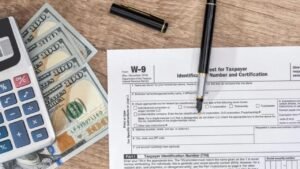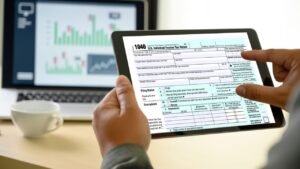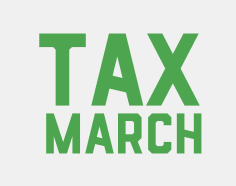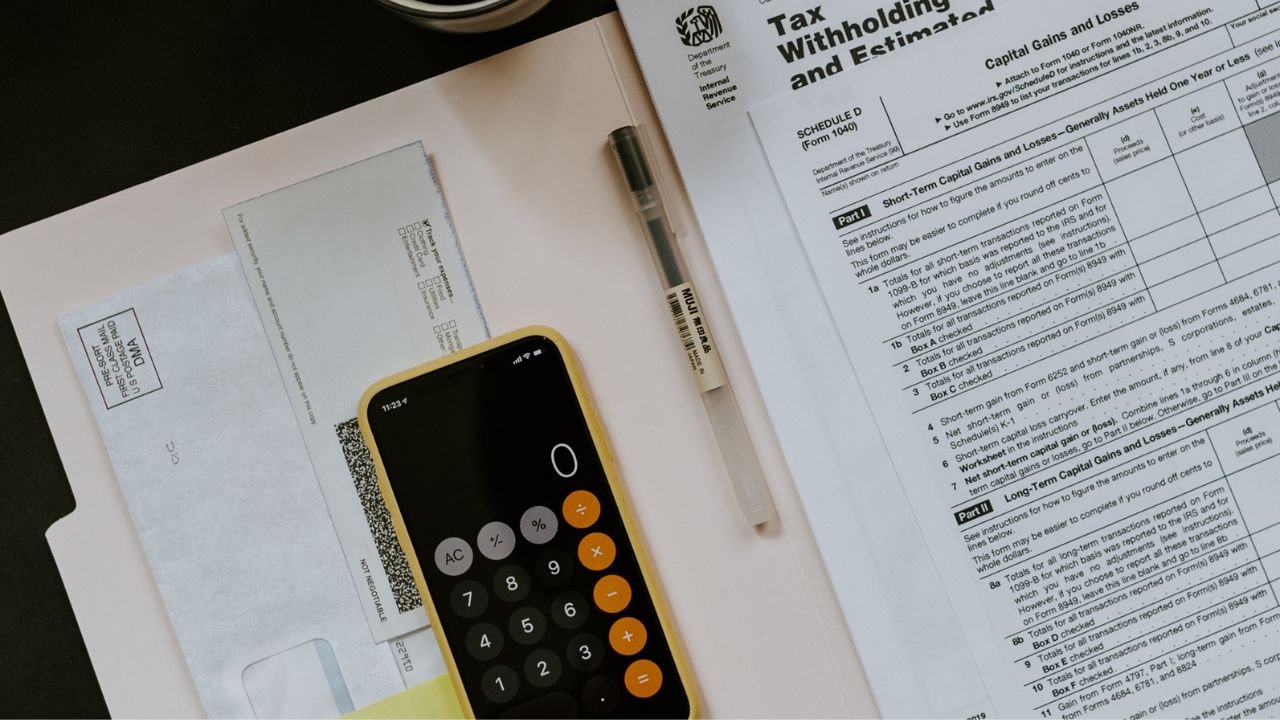Filing taxes in United States involves many steps to ensure error free reporting and compliance with IRS rules. You must get your necessary documents such as W-2s from employers, 1099s for other income, SSN, and receipts for deductions or credits.

Next, decide how to file your taxes: most choose electronic filing (e-filing) using IRS Free File if eligible or trusted commercial tax software which guide you step-by-step. After creating an account on the chosen platform, you fill out your tax return by entering your income, deductions, and credits with automatic calculations and error checks. Once reviewed, you electronically sign and submit your federal and state returns, typically receiving confirmation within a few days.
For quicker returns, you can select direct deposit, and you can check the status of your refund online. Lastly, for your records, keep copies of the returns and supporting papers you have filed. This process simplifies tax filing, helps maximize refunds, and supports compliance with tax laws in the USA.

Contents
How to File Your Taxes Online?
Filing your taxes online in the USA involves a few simple steps. First, get your income documents such as W-2s and 1099s, plus details on deductions or credits you qualify for. Next, choose an IRS-approved online platform like IRS Free File for free federal filing if eligible, or commercial software which guide you through the process step-by-step.
Create an account, enter your financial information as prompted, and the software will calculate your refund or amount owed while checking for errors. Finally, review and electronically submit your federal and state returns, then track your refund status online. This method is secure, fast, and helps ensure accurate filing with helpful support available throughout.

A Step-by-Step Guide for Beginners
Step 1: Check Filing Requirement
Check if your income, age, and filing status require you to file a federal tax return. Filing is usually needed if your income exceeds certain thresholds, but even if not mandatory, filing might get you a refund or credits.

Step 2: Get Your Documents
Get your tax documents including:

- W-2 forms from employers
- 1099 forms for any freelance or other income
- Social Security numbers for yourself, spouse, and dependents
- Records of deductible expenses
- Last year’s tax return for reference
Step 3: Choose a Filing Method
Options include:
- IRS Free File for eligible taxpayers with income below $84,000
- IRS Direct File portal (if available)
- Commercial tax software provide free options for simple returns
Step 4: Create an Account and Complete Your Return
Register on the chosen platform, enter personal and financial information, and answer guided questions about income, deductions, and credits as the software performs calculations and checks for errors.
Step 5: Electronically Sign Your Return
You will need your prior year’s AGI or a self-selected PIN to electronically sign your tax form for identity verification.
Step 6: Submit Your Return
After reviewing for accuracy, electronically file your return. Choose your refund method (usually direct deposit) or payment option if you owe tax.
Step 7: Save Confirmation and Documents
Keep the electronic filing confirmation, copies of your tax return, and any payment receipts for your records.
Tips for Beginners
- Start Early: Give yourself plenty of time before the tax deadline to get your documents and complete your filing without stress.
- Use Reliable Software: Choose reputable tax software or IRS Free File options that fit your tax situation. Many have free versions for simple returns.
- Re check Information: Review all personal info, Social Security numbers, income, and deductions carefully to avoid errors and processing delays.
- Take Advantage of Deductions and Credits: Explore possible deductions like education expenses or credits such as EITC to reduce your tax bill or increase your refund.
- Keep Records Organized: Save all tax forms, receipts, and filing confirmations in a secure location for at least three years in case of IRS inquiries.
- Seek Help if Needed: Use IRS resources, VTA programs, or customer support from tax software providers if you face difficulties.
- Beware of Scams: Always use secure, official websites and avoid sharing your SSN or tax info on suspicious platforms or unsolicited emails.
FAQ’s
What documents do I need to file online?
Common documents include W-2s, 1099s for additional income, SSN for you and dependents, last year’s tax return, and records for deductions or credits.
Can I file my taxes online for free?
Yes. IRS Free File provides free online filing for taxpayers with income under $84,000. Many tax software providers also offer free basic filing for simple returns.
How will I receive my tax refund?
The fastest way is via direct deposit to your bank account and you can choose this option when submitting your return electronically.
How do I handle tax debt?
If appropriate, you can arrange a payment plan with the IRS or pay online with a credit card or direct debit while filing.
What if I make some errors in my return?
To fix mistakes after the first return has been processed, you can submit an amended return using IRS Form 1040-X.

